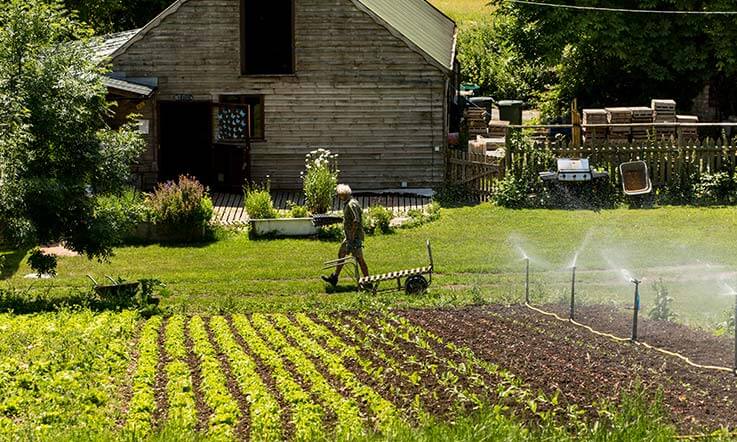Back in eighteenth century Europe, a man called Tozzetti noted that black stem rust disease of wheat was worse in fields where barberry was used to restrain cattle. Later, pathologists found that this was because barberry is the ‘alternate host’ for Puccinia graminis f.sp. tritici, the fungus that causes the awful disease. This fungus has a two-stage life cycle, including asexual reproduction on wheat with massive dispersal of spores from crop to crop. The ‘alternate’ stage is sexual reproduction on the barberry, which is crucial for rapid development of new forms of the pathogen which may infect resistant wheat varieties.
This discovery led to a remarkable example of human involvement in plant disease control…
